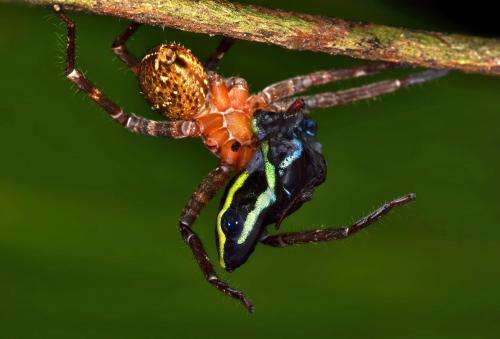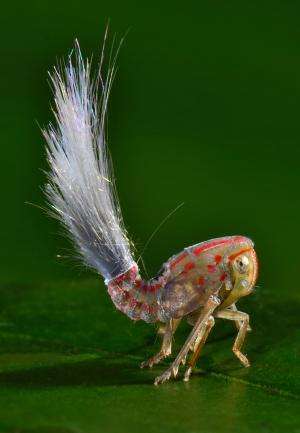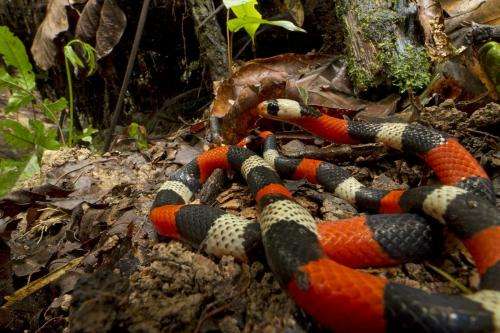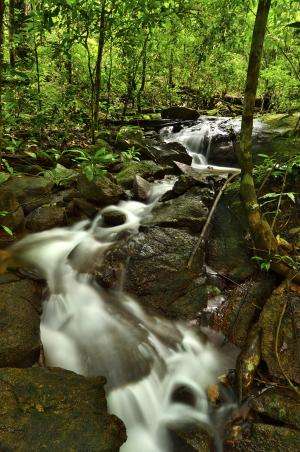Indigenous peoples take action to conserve nearly half of Suriname

The 72,000 square kilometer indigenous conservation corridor covers some of the most pristine, intact and remote rainforests in the world; it is the first in Suriname declared by indigenous peoples
Paramaribo, Suriname/Arlington, Va. USA—Today, the Trio and Wayana Communities presented a declaration of cooperation to the National Assembly of Suriname that announces an indigenous conservation corridor spanning 72,000 square kilometers (27,799 square miles) of southern Suriname. The declaration, led by these indigenous communities and with the support of Conservation International (CI) and WWF Guianas, comprises almost half of the total area of Suriname. It includes some of the most pristine and intact forests on the planet, which are essential for the country's climate resilience, freshwater security, and green development strategy.
"As people we need earth's resources to live, the forest provides this," said Captain Shedde of the Trio village of Alalapadu, "If we think and care about our future generations now is the time to act and work together to preserve our nature."
Suriname is often regarded as the greenest country in the world, illustrated by one of the lowest ecological footprint per capita. The south of Suriname is located in the least disturbed part of the Amazon Biome and Guiana Shield. As such, it is part of the largest tract of continuous, near pristine, tropical forest in the world, critical for maintaining the balance of life on our planet. The indigenous conservation corridor links to one of the largest networks of Protected Areas in the tropics, which includes Parc Amazonien in French Guiana and Tumucumaque in Brazil.
This region generates over 60% of Suriname's water annually. It includes just under half of the nation's forest, which stores an estimated 11 Gigatons of carbon in total and absorbs more than 8 million tons carbon annually. In 2012, a CI Rapid Assessment Program (RAP) expedition assessed the biodiversity in this remote region. The RAP team documented 1,378 species, including plants, ants, beetles, katydids, fishes, amphibians, birds and mammals – 60 of which were new to science.

"The indigenous people believe they borrow the lands from their grandchildren and we as a country, ought to be doing the same," said John Goedschalk, Director of CI's Suriname office. "The country of Suriname has a serious focus on trying to preserve important parts of our forests and protect headwaters. A conservation corridor, guarded by the indigenous people of the forest, is a truly Surinamese solution that is in the interest of all our peoples".
Despite the region's isolation, the Trio and Wayana have seen increased pressure on the forests from logging and mining activities. These two indigenous communities have taken the initiative to act as stewards of the their forest home, and will protect its significant amount of natural resources including primary forest, biodiversity, freshwater resources and cultural heritage.

Protection of this area will ensure continuity in the supply of clean water and important advantages for the use of water downstream, including renewable energy, agriculture, tourism, and drinking water. Its protection will also help the people in southern Suriname adapt to survive in the face of climate change.
"We are very excited about the progress that has been made during Suriname's first ever extensive multi-stakeholder dialogue on the protection of South Suriname," said Laurens Gomes, country manager for WWF Guianas. "This dialogue has unlocked multiple perspectives on how important this area is for Suriname and the world. The signed declaration provides a foundation for continued collaboration and partnership."

Provided by Conservation International
















